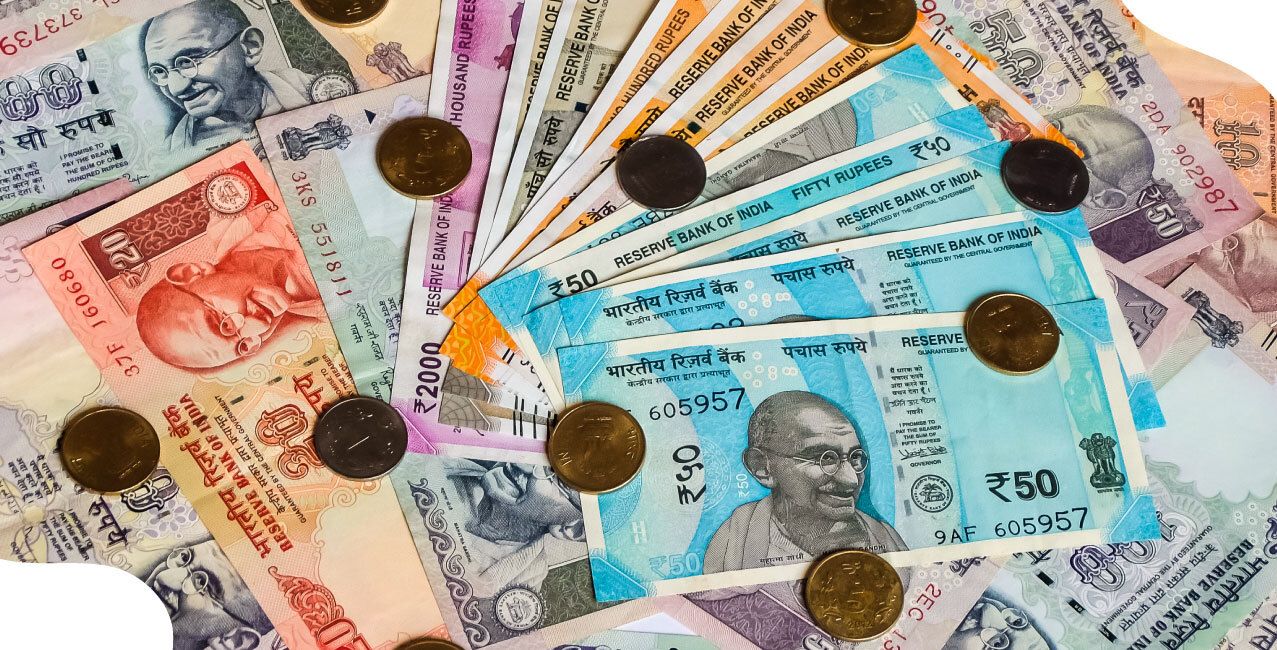
Author
LoansJagat Team
Read Time
4 Min
18 Aug 2025
8th Pay Commission Payout Could Spark Rate Hike Cycle in FY27: Report
India’s Central Pay Commissions play an important role in revising the salaries, allowances, and pensions of government employees. For the 8th Pay Commission (8th CPC), the timing of its implementation, potential payouts, and eventual impact on the economy and inflation have become hotly debated topics.
Recent reports emphasise that delayed implementation with arrears could mark several changes. The delay in releasing salaries as per the 8th Pay Commission will likely cause inflation and push the Reserve Bank of India (RBI) toward a rate-hike cycle in the financial year 2026-27 (FY27) or early FY28.
This article unpacks what’s causing the delay, why arrears matter, how they may influence RBI’s decisions, and why the central bank shifts between rate cuts and hikes.
When Will the 8th Pay Commission Pay Cycle Be Implemented?
It has been almost 7 months since the Modi government announced the formation of the 8th Pay Commission. However, the government has failed to implement it in the last several months.
According to the latest reports, the implementation of the 8th Pay Commission may get delayed until 2028. Considering the past trends, every pay commission has been implemented at an interval of around 10 years.
The 6th Pay Commission was implemented in 2006, and the 7th Pay Commission in 2016, so it is likely that the 8th Pay Commission will also be implemented sometime between 2026 and 2028. The report argues that the 8th CPC is facing administrative delays, and final implementation is expected to be delayed by at least a year.
This means that revised payouts will be disbursed with sizeable arrears, which in turn, will affect both growth and inflation.
A recent QuantEco Research report states that the 8th CPC payouts are likely to tilt the growth-inflation balance unfavourably and may lead the RBI to start a rate-hiking cycle in late FY27 or early FY28.
Pay Commission Implementation Timeline
A quick glance shows each pay commission has taken about a decade from announcement to implementation. For the 8th CPC, if this trend continues, payouts may not begin until late FY26 or as late as 2028.
Read More – How Rising (or Falling) Interest Rates Could Affect Your Next Loan?
What Are Arrears?
Before explaining the entire fiasco, let’s clarify what "arrears" means. Arrears refer to the money owed back to someone which was not paid on time.
Imagine you subscribe to an OTT service that increases its monthly fee from ₹100 to ₹150 starting in March. But the company doesn’t implement the new charge until June. In June, they bill you ₹50 × 3 = ₹150 in arrears, plus ₹150 for June.
You suddenly owe a bulky ₹300. This extra amount that piled up because of the delay is called arrears.
Similarly, with the 8th CPC, if salaries are revised later, employees will receive both the new pay and the back pay they missed, this is the “sizeable arrears” the report mentions.
Why Will RBI Hike the Rates?
Payouts with considerable arrears are expected to hit core inflation harder, as they boost demand for goods and services over time and trigger an immediate reset of housing rents.
“Payouts with arrears, while providing some growth support through consumption, will also exert higher inflationary pressure (via a reset in the housing component and increased demand for other ‘core’ components). This will tilt the growth-inflation balance unfavourably, prompting the RBI to embark on a rate-hiking cycle in late FY27/FY28,” the report observes.
Since February, the central bank’s monetary policy committee has cut the repo rate by 100 basis points (bps). In its latest review on August 6, it unanimously decided to keep the policy rate unchanged at 5.5 per cent, maintain a neutral monetary stance, and revise the inflation outlook for the current financial year (2025-26/FY26) down by 60 bps to 3.1 per cent.
Arrears or ‘Extra Money’ boost consumption, especially for high-value items, pressuring prices. This resets housing costs and increases demand across the board. Even though such payouts support economic growth, they also promote inflation, pushing the RBI to consider raising rates.
Why Does RBI Do Rate Cuts or Rate Hikes?
The Reserve Bank adjusts interest rates to keep inflation in check and support economic growth. Think of it as driving a car: sometimes you press the accelerator (cut rates), other times you hit the brakes (hike rates), depending on traffic (inflation, growth).
In 2020, during the COVID-19 pandemic, economic activity plunged. To support households and businesses, RBI slashed its repo rate down to historic lows, from around 5 per cent to 4 per cent, making borrowing cheaper and encouraging spending and investment. This is akin to pressing the accelerator to revive an ailing engine.
Conversely, in 2023-24, inflation surged globally. RBI responded by raising the repo rate to cool off demand and tame rising prices. That’s like applying the brakes when you’re going too fast downhill, slowing things down to stay safe.
By managing rates, the RBI aims for a smooth and stable ride, supporting growth without letting inflation run out of control.
Also Read - The Mechanics of Interest Rate Changes: How Central Banks Influence the Economy
RBI Repo Rate Movements
After, the likelihood of future hikes reflects concern that arrears-driven spending may push prices too high.
Conclusion
Delays in implementing the 8th Pay Commission have created a scenario where government employees will receive significant back payments, arrears when the revision finally comes through between FY26 and 2028. While these arrears inject demand and boost consumption, especially of big items and housing, they also elevate core inflation.
QuantEco Research warns that this inflationary pressure may force the RBI to shift from its current neutral stance and stable 5.5 per cent repo rate to a rate-hiking cycle in late FY27 or early FY28. This outcome would represent a shift from supporting growth to reining in prices.
Understanding how arrears interact with consumption, inflation, and monetary policy helps us appreciate the tightrope the RBI walks, accelerating when needed to fuel growth, and braking when inflation threatens stability.
About the Author

LoansJagat Team
‘Simplify Finance for Everyone.’ This is the common goal of our team, as we try to explain any topic with relatable examples. From personal to business finance, managing EMIs to becoming debt-free, we do extensive research on each and every parameter, so you don’t have to. Scroll up and have a look at what 15+ years of experience in the BFSI sector looks like.

Quick Apply Loan
Subscribe Now
Related Blog Post

LoansJagat Team • 10 Jun 2025

LoansJagat Team • 06 Jun 2025

LoansJagat Team • 22 Sep 2025